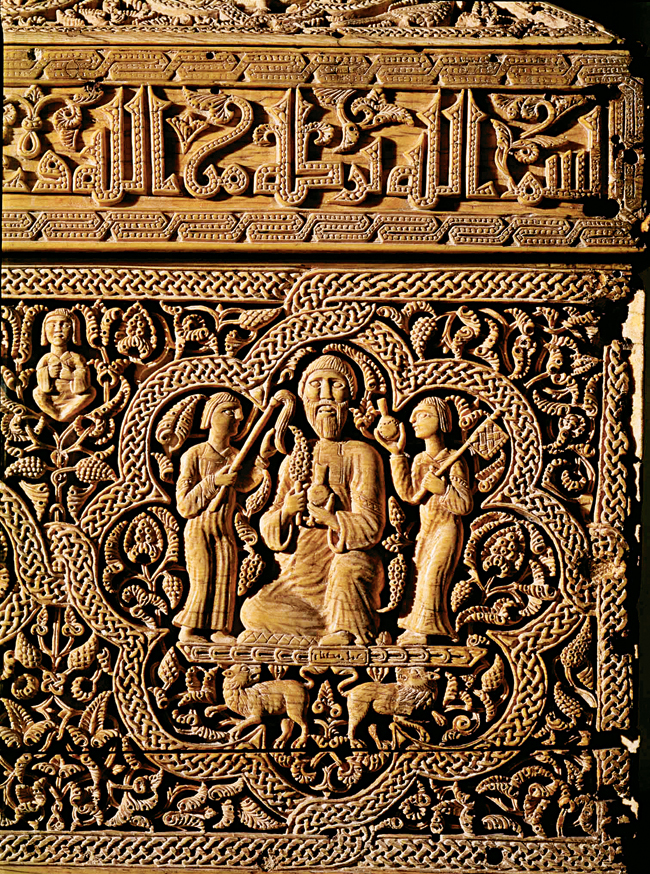A History of World Societies:
Printed Page 243
A History of World Societies Value
Edition: Printed Page 241
Administration of the Islamic Territories

The Islamic conquests brought into being a new imperial system. The Muslims adopted the patterns of administration used by the Byzantines in Egypt and Syria and by the Sassanids in Persia. Specifically, Arab emirs, or governors, were appointed and given overall responsibility for public order, maintenance of the armed forces, and tax collection. Below them, experienced native officials — Greeks, Syrians, and Copts (Egyptian Christians) — remained in office. Thus there was continuity with previous administrations.
The Umayyad caliphate witnessed the further development of the imperial administration. At the head stood the caliph, who led military campaigns against unbelievers. Theoretically, he had the ultimate responsibility for the interpretation of the sacred law. In practice, however, the ulama interpreted the law as revealed in the Qur’an and the Sunna. In the course of time, the ulama’s interpretations constituted a rich body of law, the shari’a (shuh-
The central administrative organ was the diwān, which collected the taxes that paid soldiers’ salaries (see “Reasons for the Spread of Islam”) and financed charitable and public works, such as aid to the poor and the construction of mosques, irrigation works, and public baths. Another important undertaking was a relay network established to rapidly convey letters and intelligence reports between the capital and distant outposts. The relay system made it possible for the caliph to respond quickly when news reached him of revolts by emirs and other officials far from the capital.
The early Abbasid period witnessed considerable economic expansion and population growth, complicating the work of government. New and specialized departments emerged, each with a hierarchy of officials. The most important new official was the vizier (vuh-